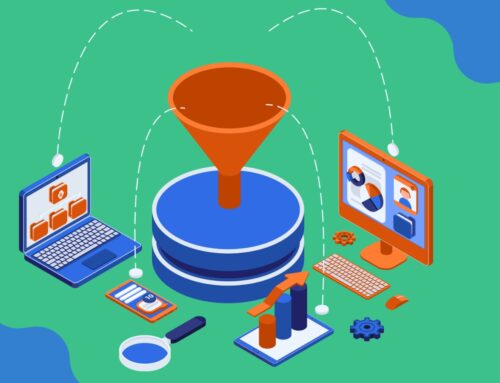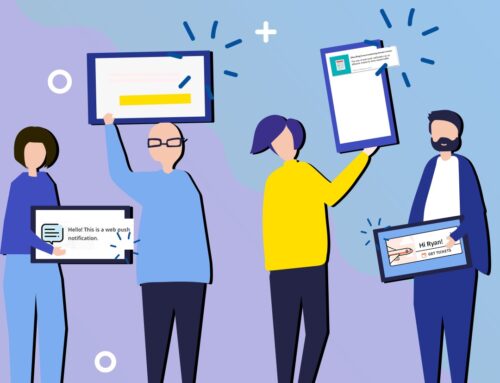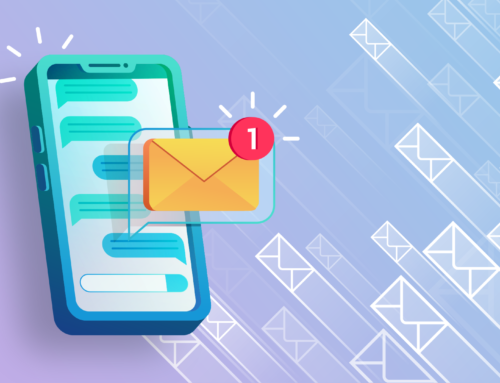
Conversion rates are crucial to your website’s success because of their impact on your bottom line.
To better understand consumers’ goals, interests, and activities, data-driven marketers use customer information and other sources.
The ability to improve and tailor the customer experience is made possible by the insights gleaned through data analysis.
If you want your company to thrive in today’s competitive marketplace, you need a professional website and an understanding of how to maximize conversion rates. If your website has a low conversion rate, it will be challenging to attract new customers. This will have a devastating effect on your bottom business. It’s the face of your business and the brand upon which your digital marketing rests. A reasonable conversion rate is essential to achieve substantial sales volume for any online business.
What is a reasonable Conversion Rate?
A website conversion occurs when a customer does your desired action(s) on your website, such a clicking a call to action, subscribing to a newsletter, sharing a blog article on social media, or making a purchase. The conversion rate describes the proportion of persons who do the targeted activity. For instance, if 6% of your website’s visitors opt into your email list or buy anything, your website is 6% effective. The average conversion rate of a website is between 2% and 5%.
Improving Website Conversion Rates
If people visit your website but do not act, something is not functioning. It is essential to find the weaknesses in your website and use clever solutions to overcome them.
Here are 7 ways to improve your website’s conversion rate and bring in more traffic.
- Web Pop-ups:
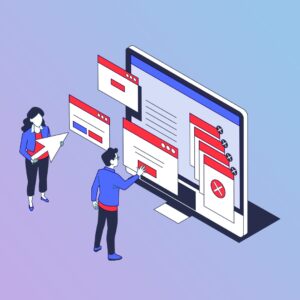
Thanks to popups because of these, lower cart abandonment rate, and more sales and conversions become possible. In a nutshell, they improve the overall web situation tremendously. If you want to increase your monthly eCommerce sales, one of the simplest methods is to create and introduce new popups on your website.
- Many popups are available in online stores—including lightbox, mobile, email, and video.
- Avoid making pop-up a standard feature of your website. They should only be used strategically for a meaningful purpose.
- If you want people to click on your popups, these should provide something useful, an incentive to click, and should not disrupt the user’s experience.
- Web Banners
Web banners carry a clear message to your visitors, appear in places that grab attention, and include a valuable call to action. Placing the best banner with the right content pushes users to click on buttons.
- Web Push Notifications
Web Push notifications are an excellent way to engage with your customers; it carries your message to them smoothly. It gets more effective if personalized according to their browsing history on your website.
But it is a tool that should be used smartly to avoid annoying visitors, forcing them to terminate their session.
- E-mail Campaigns for Abandoned Carts:
Have you ever gone shopping online, put an item in your cart, and then abandon it? You must as it’s something that every human being does; likely, it also occurs on your site.
Those prospective buyers must never be ignored. Customers who leave items in their shopping cart should be contacted through an effective and customised abandoned cart email campaign.
In this email marketing campaign, customers are reminded in a unique and interesting way to finish shopping, often complemented with some discount or special deal on the items they had previously added to their cart. Don’t miss out on potential sales by ignoring such customers and carts.
- Personalised Content
Personalised content that your website traffic can relate to makes a huge difference and boosts your conversion rate to an incredible level. Developing rich, authentic, and personalised content for websites is made easier if you integrate it with platforms offering multi-channel content development tools. You can create customised and personalised content in bulk, not just in terms of your market segmentation but also the channels including website, mobiles, smartphones, tablets etc.
- Do A/B Testing
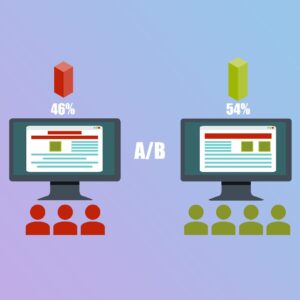
A/B testing is a great way to have controlled changes on your website that will have a positive impact on conversions. A/B testing helps you see the impact of any change you make on the website. For instance, if you want to improve your landing page, A/B testing can show you the changes that can boost conversion rate on landing page; Should the CTA tab be green or blue, headline short or long; contact form in header or footer etc; A/B testing lets you try these variations and then compare the conversions achieved out of those. Using A/B testing tools is an instant and cost-effective way to improve your conversions.
- Orchestration of Customer Journey Through AI
Automate your web campaigns to deliver a seamless experience to customers at every stage of their journey. It includes welcome offers, personalization for relationship building, and predictive capabilities for upsell & cross-sell opportunities. Integrating your website with AI analysis tools can help as it lets you assess multiple journeys and direct customers towards best-performing ways. This way you can engage your customers in their preferred manner and drive conversions.
Conclusion
Sometimes making just a few changes to your website may significantly and positively impact your website’s overall conversion rate. A higher conversion rate on your website will allow you to use your current visitor base to further expand your operations with less cost and time. Undoubtedly, these 10 strategies will be useful for the businesses as these are simple, straight forward, and easy to implement and measure.

